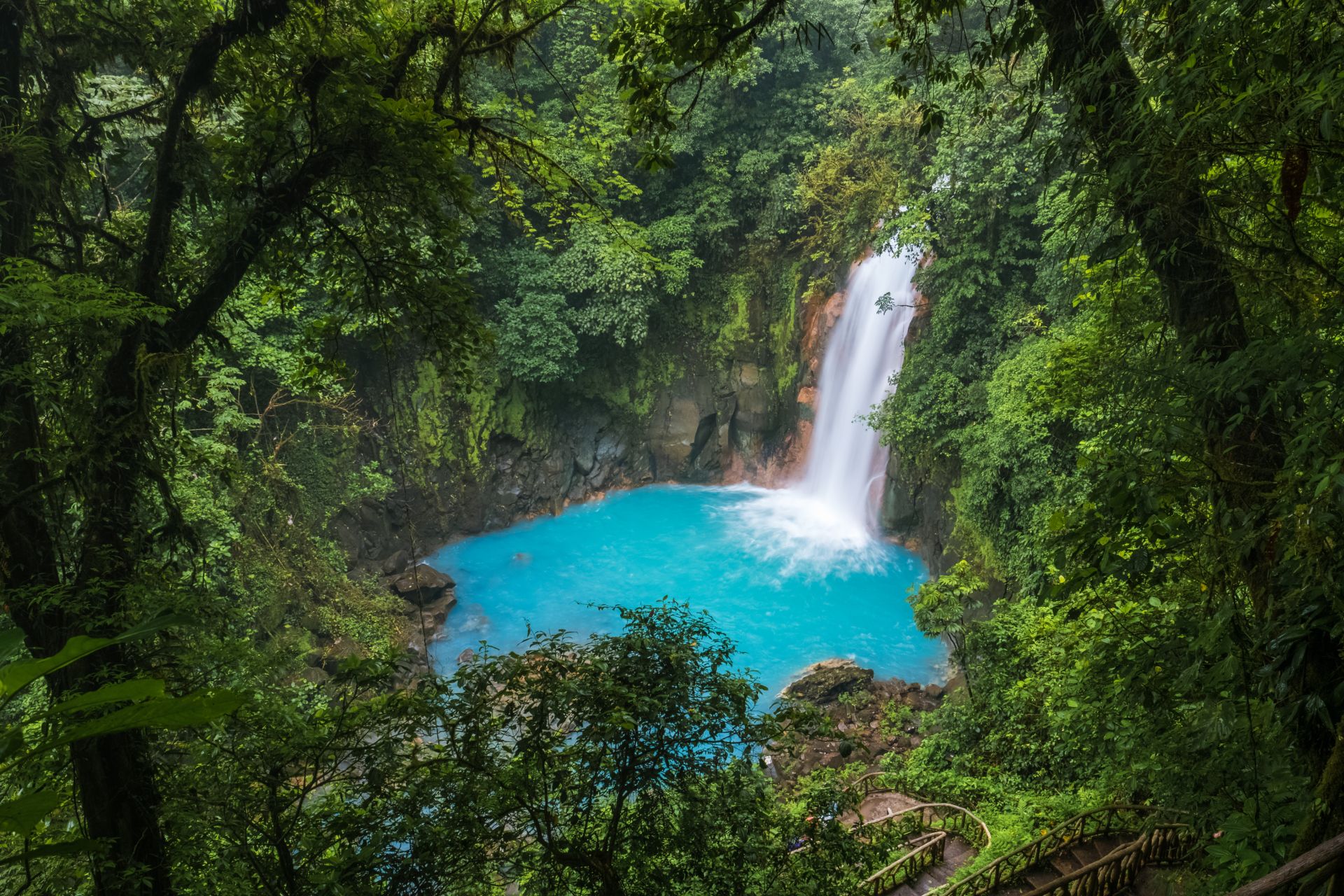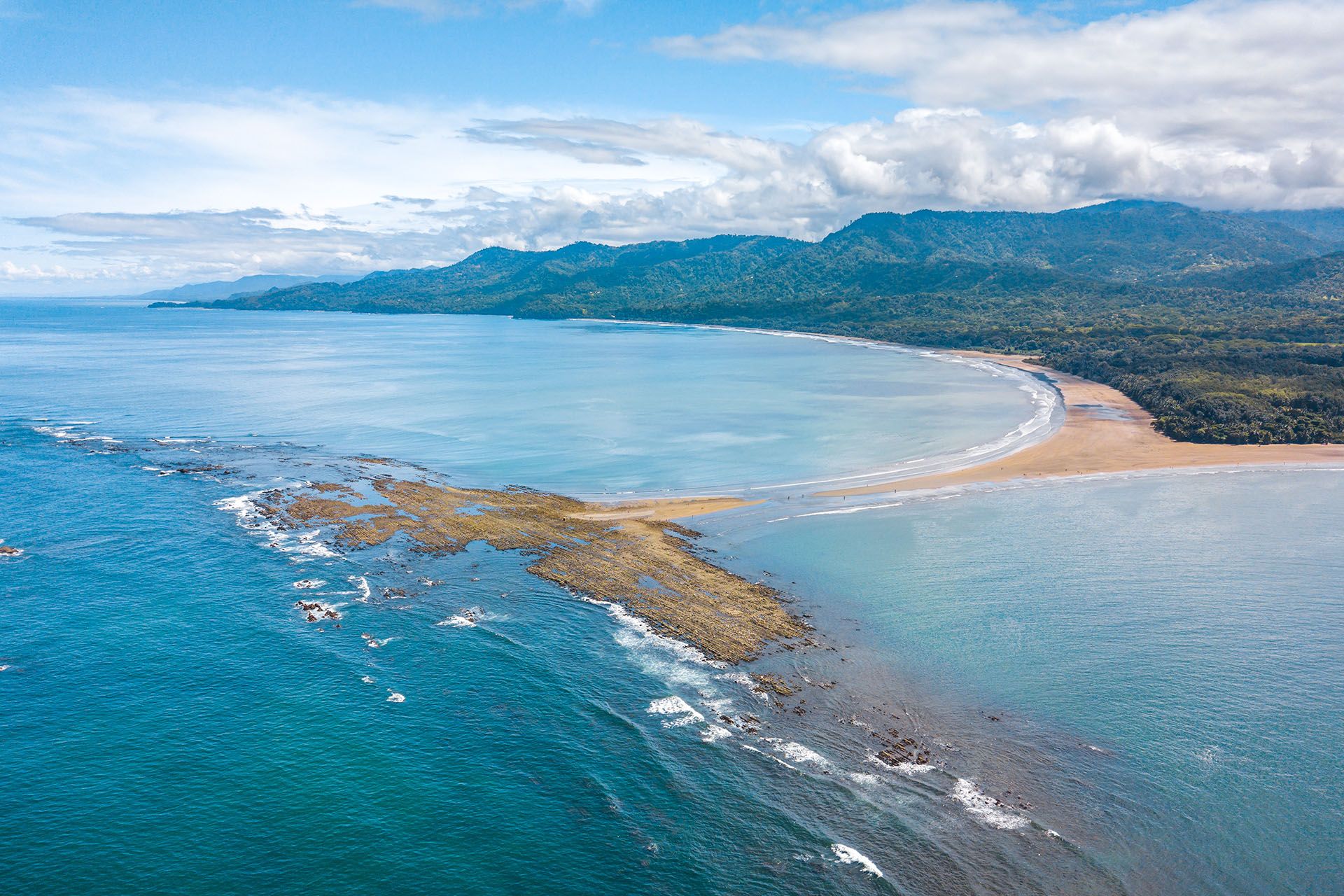#6 Rincón de la Vieja National Park
Rincón de la Vieja National Park is utterly dominated by its massive and majestic namesake volcano, a perfectly proportioned conical peak and one of Costa Rica's most active volcanoes. In the park's eastern sector, the crater of Volcán Santa María is impressive in its own right, even if it's not quite as visually arresting.
The beautifully dry landscape encompasses terrains varying from rock-strewn savannah to patches of tropical dry forest, and it's undeniably an enchanting place, with quite simply the best hiking and horseback riding in the country. A variety of elevations and habitats reveals hot springs, sulfur pools, bubbling mud pots, and fields of guaria morada, plus a great smoking volcano at the top to reward you for your efforts.
Animals in the area include all the big cats (just don't expect to see them), the shy tapir, red deer, collared peccary, two-toed sloth, and howler, white-faced, and spider monkeys. There's a good chance you will see a brilliant flash of fluttering blue—this is the Blue Morpho butterfly, famous for its electric colors.
Birders will enjoy the profusion of over two hundred species in residence and may spot the weird-looking three-wattled bellbird, the Montezuma oropendola, the trogon, and the spectacled owl, among others. This is where you'll find some of the best hikes in Costa Rica.
How to get to Rincón de la Vieja National Park
This one's about 16 miles (25 km) northeast of Liberia. During the dry season, any rental car will do. In the rainy season, a 4WD is safer. There are a few buses from Liberia to Curubandé or Buenos Aires, but you'll need to grab a taxi from there to the Las Pailas entrance. A lot of travelers stay in nearby lodges that handle transport and can set you up with guided hikes.
When to visit Rincón de la Vieja National Park
Dry season (December to April) is ideal, especially if you want to hike to the crater (when it's open). Just be aware that the park sometimes closes trails if it's too dry or too wet, so it's worth checking ahead. May and November tend to be quieter, with fewer people and manageable weather. The geothermal spots—mud pots, steam vents, and hot springs—are great year-round, but if you're chasing waterfalls (some of the best waterfalls in Costa Rica can be found here), they really shine during the rainy months.



















